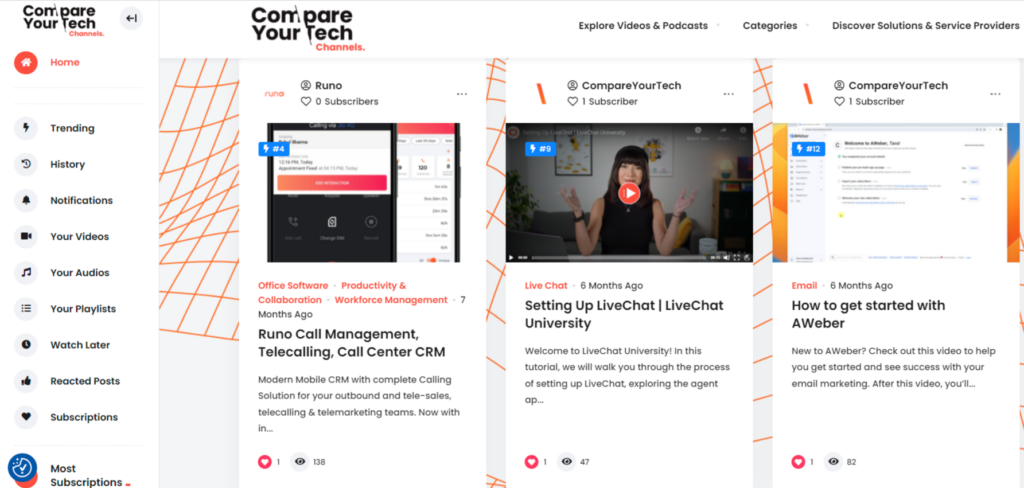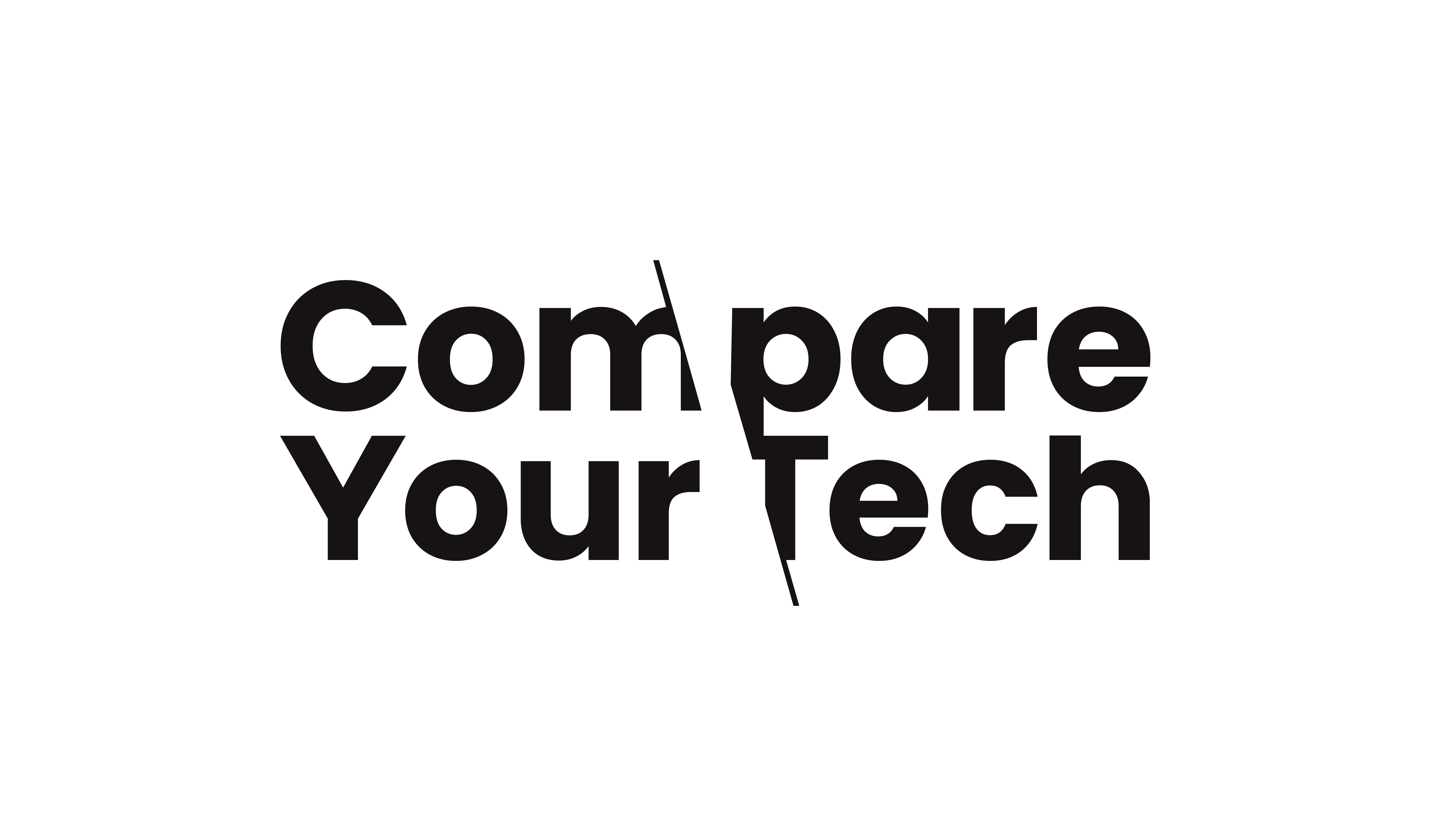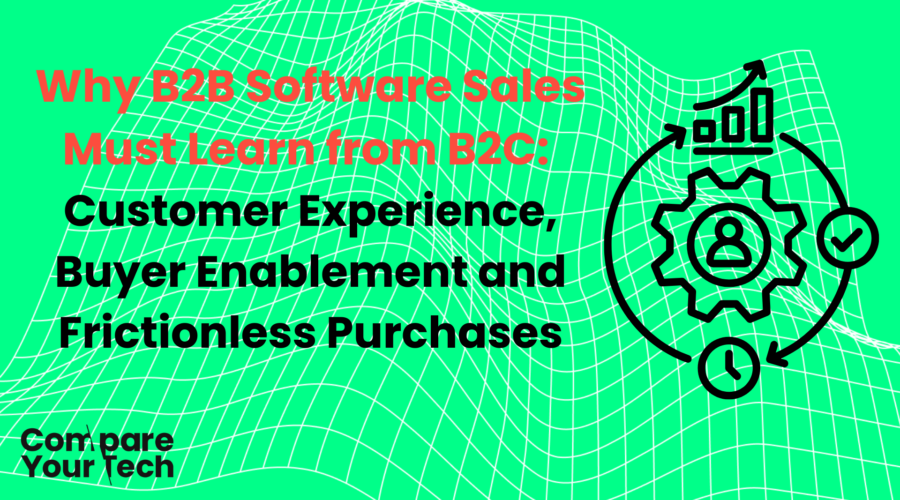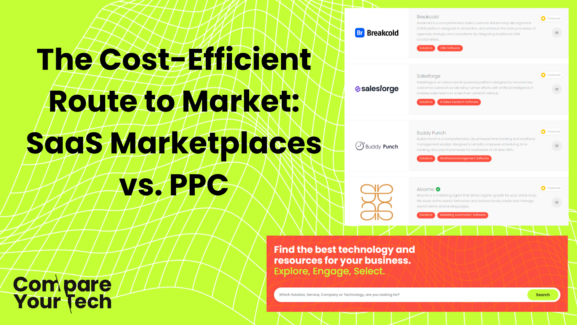Why B2B Software Sales Must Learn from B2C: Customer Experience, Buyer Enablement and Frictionless Purchases
Introduction: The B2B Sales Revolution
For decades, B2B software sales have been defined by long sales cycles, opaque pricing, and friction-heavy procurement processes. However, the digital economy has fundamentally altered buyer expectations. Modern B2B buyers, accustomed to seamless B2C experiences, now demand greater transparency, self-service options, and streamlined decision-making.
The rise of consumer giants like Amazon and Apple has set a new standard, one where instant gratification, self-sufficiency, and frictionless transactions reign supreme. Yet, despite these shifting expectations, many B2B software vendors still rely on outdated methods like cold outreach, manual negotiations, and excessive touchpoints.
The future of B2B sales is clear: Companies that fail to adapt will be left behind.
The Changing Landscape of B2B Buying Behaviour
B2B buyers increasingly behave like B2C consumers, prioritising convenience, peer validation, and digital-first interactions. Research confirms this shift:
- 77% of B2B buyers say their last purchase was complex and difficult. (Gartner, 2024)
- 80% of B2B sales interactions will occur via digital channels by 2025. (Forrester, 2023)
- 62% of buyers prefer self-service tools over engaging with sales reps. (TrustRadius, 2024)
- 92% of buyers trust peer reviews and third-party research over vendor claims. (G2, 2024)
Key Takeaway:
B2B buyers no longer tolerate inefficiencies. They demand frictionless, data-driven, and self-service purchasing experiences.
Four B2C-Inspired Strategies for B2B Success
1. Transparent, Frictionless Buying Journeys
B2C leaders have mastered the art of instant purchasing. Consider Amazon’s one-click checkout or Apple’s simple online purchasing flow – these brands eliminate complexity and reduce cognitive load.
In contrast, B2B sales remain cumbersome, often requiring:
- Hidden Pricing: Buyers must contact sales teams just to receive a quote.
- Excessive Sales Interactions: Multiple demos, calls, and negotiations slow down the process.
- Manual Procurement Processes: Lengthy contract approvals and outdated workflows increase friction.
The Fix: Buyer-Centric Sales Models
- Transparent Pricing: Display clear pricing or at least provide an instant quote calculator. (Example: HubSpot’s transparent pricing model increases conversions by 37%.)
- Self-Service Demos & Trials: Allow buyers to explore products without contacting sales. (Slack and Zoom thrive on free trials, leading to higher conversion rates.)
- Automated Approvals: Implement digital contract workflows for faster deal closures.
Case Study: SaaS marketplaces like CompareYourTech are already revolutionising B2B sales by enabling buyers to compare solutions, read customer reviews, and start trials instantly – without engaging in high-friction sales processes.
2. Buyer Enablement: Educate, Don’t Just Sell
What is Buyer Enablement?
Unlike traditional lead generation, buyer enablement empowers decision-makers with valuable content, tools, and insights to guide them toward informed purchasing decisions.
The Data Speaks: Companies that prioritise buyer enablement reduce their sales cycle length by up to 30%. (Gartner, 2023)
B2C Example: How Retail Giants Enable Confident Purchases
Amazon & Tesco:
- Detailed Product Descriptions
- Customer Ratings & Reviews
- Comparison Tools & Video Demos
How B2B Can Replicate This Model:
- Interactive Product Demos: Move beyond static PDFs—offer live walkthroughs.
- Side-by-Side Competitor Comparisons: Provide transparent insights into strengths and weaknesses.
- Real Customer Testimonials & Case Studies: Leverage success stories to drive trust.
- On-Demand Educational Content: Publish video tutorials, webinars, and industry reports.

Platform Spotlight: CompareYourTech offers all of these tools in one place, allowing SaaS companies to build trust and accelerate conversions.
3. Trust Signals: The Power of Peer Reviews
Would you buy a product on Amazon with zero reviews? Probably not. Yet, many B2B vendors expect buyers to commit to software without any third-party validation.
Industry Statistics:
- 92% of B2B buyers trust peer reviews more than vendor content. (G2, 2024)
- 52% of buyers won’t consider a product that lacks reviews. (TrustRadius, 2024)
Lesson from B2C: Platforms like Amazon and Trustpilot prioritise reviews because they increase buyer confidence and conversions.
How B2B SaaS Can Leverage Trust Signals:
- Encourage Verified Customer Reviews on platforms like CompareYourTech.
- Showcase Case Studies & Video Testimonials to validate success stories.
Use Third-Party Marketplaces to establish social proof and credibility.
4. Reducing Customer Acquisition Costs: Marketplaces vs. PPC
Many SaaS companies rely on Google Ads & PPC for lead generation – but is it worth it?
The PPC Problem
- High Costs: The average cost-per-click (CPC) for SaaS ranges between £5.30 – £40.50 ($6.50 – $50). (First Page Sage, 2024)
- Low Conversion Rates: PPC ads convert at just 2.4%. (Userpilot, 2023)
- Competitor Clicks & Junk Leads: Many clicks come from competitors, researchers, or low-intent visitors.
Example PPC Cost Calculation
- Ad Spend: £10,000/month at £15 CPC → 667 clicks
- Conversion Rate: 2.4% → 16 trial signups
- Cost Per Acquisition (CAC): £10,000 ÷ 16 = £540 per user
The Marketplace Alternative
SaaS marketplaces like CompareYourTech offer higher-intent buyers at a fixed, predictable cost.
- Higher Buyer Intent: Visitors are actively researching software solutions.
- Lower CAC: More cost-effective than PPC, with a fixed listing fee.
A Vendor Listing Example – CompareYourTech Cost Calculation
- Annual Premium Listing: £999/year (£83/month).
- Lead Volume: 24 trial signups per month.
- Cost Per Acquisition (CAC): £3.47 per user (97% cheaper than PPC!).
Conclusion: The Future of B2B Software Sales is Buyer-Centric
B2B buyers demand:
- Frictionless, transparent, and self-service experiences.
- Buyer enablement via peer reviews, comparisons, and interactive demos.
- Cost-effective, high-intent lead generation over PPC.
Marketplaces like CompareYourTech are leading this transformation, enabling SaaS companies to:
- Reduce CAC by replacing expensive PPC ads.
- Build trust through verified user reviews.
- Increase conversions via side-by-side product comparisons & self-service tools.
Exclusive Offer: Free Founder Video Interview!
To help SaaS vendors embrace buyer enablement, CompareYourTech is offering a FREE founder video interview with every premium listing before March 31, 2025.
What’s Included?
- Video interview with your SaaS founder.
- Published on CompareYourTech’s website & social channels.
- Proven to increase awareness and engagement.
Don’t miss out – Sign up now!


